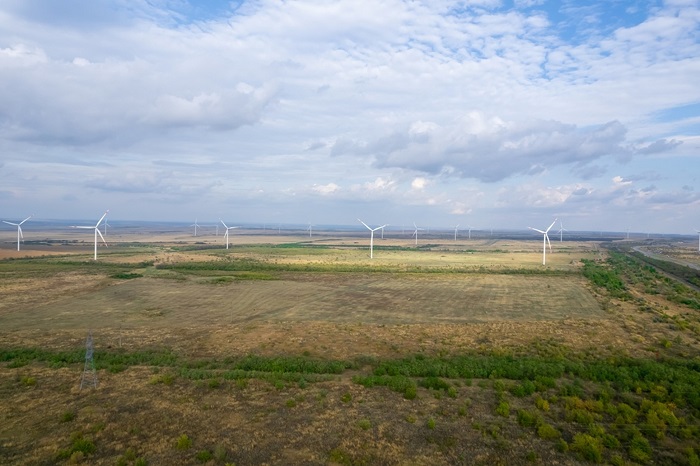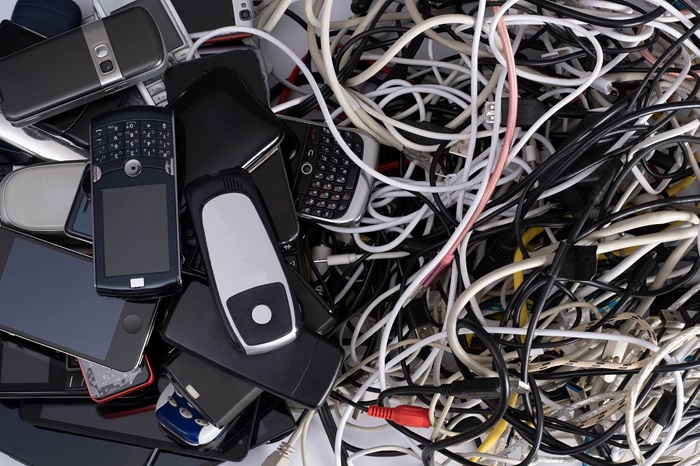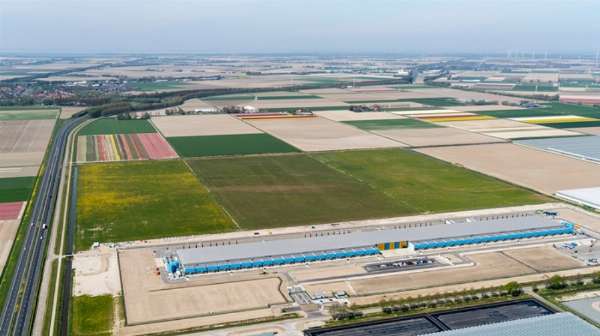Cloud computing lets us store stuff online and powers apps like Netflix, making our digital lives easier. But have you ever wondered about its impact on the environment? While it can save energy and reduce waste by using central resources, it also requires huge data centers that consume a lot of power. This article will look at both the good and the bad, helping you understand how cloud computing really affects our planet.
What Is the Cloud?
The cloud may sound a little magical — and a little vague — but it’s not too tough to understand. To understand the cloud, you just have to understand what it’s used for.
Take a step back for a moment and remember how computers used to work in the early days of computing. Back then, we cared a lot about where our files were. The easiest way to share them with another computer was to put them on a storage device, such as a floppy disk, and manually transfer the disk and file to the other computer. There were ways to view and transfer files over the internet, but they were slow and unreliable compared to what we have today.
These days, we have the technology to view and transfer files much more quickly. Your family photo album doesn’t have to live on just one desktop computer; it can live on one device and be accessed by all of them.
And that device doesn’t even have to be in your home. It can be somewhere else on the web, on some other hard drive and some other web server. This is all the “cloud” really is — some other online storage device somewhere else. When you pay for “cloud storage,” you’re renting storage space on a real device somewhere. You just don’t have to keep that device in your house!
The cloud isn’t just about personal storage, of course. Companies use it, too — like Netflix, which allows you to stream movies and TV shows from what is essentially just a version of the cloud.
And the cloud can also be used for computing. Just as we can rent or borrow faraway storage devices, so can we rent or borrow computing power. Doing computing in the cloud can help individuals and companies avoid consuming too much data.
All of this is very efficient, too — that’s part of why the cloud has caught on so well in business and in our personal lives. Instead of a bunch of individual people and companies running around buying new, larger hard drives or fancier computers whenever they need them, we can just have one big company (like Amazon or Apple) buy a bunch of storage and a bunch of computers, link them up to the internet, and rent people and companies as much space or computing power as they need.
How Much Energy Does the Cloud Use?
The cloud has moved the infrastructure needs away from individual users and businesses and into concentrated data centers. We just talked about how that’s pretty cost-efficient — but how energy-efficient is it, and how good is it for the environment?
Nearly the entire world’s internet traffic flows through data centers. Those data centers are built with hardware that uses electricity, and thus are massive power sinks. In 2018, cloud data centers accounted for approximately 205 terawatt-hours (TWh) of electricity — one percent of the total electricity used around the world and more than that used by some countries, such as Thailand and Sweden.

Unfortunately, energy use results in carbon emissions. While accurate data regarding the total carbon emissions of data centers worldwide doesn’t yet exist, some estimates suggest that data centers are responsible for 4.4 kg of carbon dioxide per kilowatt-hour (kWh). Since 205 TWh is equivalent to 205 billion kWh, total global carbon dioxide emissions for data centers can be estimated at 902 billion kg of carbon dioxide — as much as the aviation industry.
Some estimates claim that the global energy use of data centers has doubled since 2010, which is a concerning statistic. Despite the massive increase in demand for data centers, data center energy usage rose less than 10 percent between 2010 and 2018.
The major caveat to this, however, is that a world without data centers would have a lot more individual homes and office buildings with extra computers and storage devices.
The question then becomes: Does the convenience of the cloud encourage us to be less careful about how much we store and how much data we use? Some environmentalists believe that the answer to that question is yes.
E-Waste and Why It Matters

The metals and materials that go into manufacturing IT equipment have to be disposed of in specific, safe ways. This electronic waste, or e-waste, isn’t biodegradable and can be toxic. Improper disposal of this e-waste leads to materials like mercury, lead, and arsenic seeping into the environment, which can cause illnesses like cancer.
In addition, incorrectly disposing of e-waste leads to scarce materials and precious metals going to waste. Metals like cobalt are used in things like smartphones, electric cars, and laptops — devices many consider essential to their everyday lives. Proper disposal of e-waste leads to the recovery of as much of these raw materials as possible, and these recycled metals are up to 10 times more energy efficient than metals processed from raw, mined ore.
Of course, in theory, the cloud should lead to less personal tech waste — unlike the 1990s and 2000s, most of us aren't routinely buying newer and larger hard drives.
But the tech giants running the data centers will sometimes upgrade their devices, too. And offloading storage and computing power to the cloud means that individual devices can be less powerful, have less storage, and be cheaper — which could make them more disposable. Many of us get new smartphones in the 2020s more often than we used to buy new desktop computers in the 1990s.
The State of the Cloud
As cloud computing evolves to serve our ever-changing needs as a global, internet-using culture, some experts theorize that the increased energy demands of advanced applications like AI will eventually eclipse the heightened efficiency of computing hardware. Unfortunately, scarce data regarding the energy demands and environmental impacts of cloud data centers makes it difficult to tell for certain what, if any, lasting effects they may have on our planet.
As humanity pushes further into the Information Age, our data needs will evolve. It’s humanity’s responsibility to mitigate our impact on our natural environment, and if we wish to continue to have a planet to live on, we have to treat it with the same care and reverence that we treat the data that flows at the center of our modern, digital lives.



